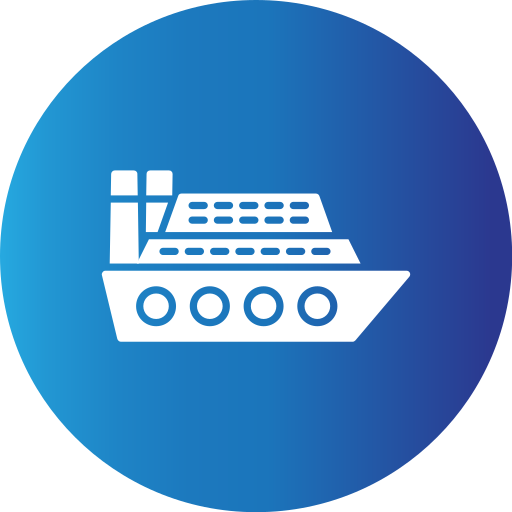- A Guide to Popular Catamarans: Advantages and Drawbacks
- Understanding Catamarans
- Popular Types of Catamarans
- Sailing Catamarans
- Power Catamarans
- Hybrid Catamarans
- Advantages of Catamarans
- Stability
- Space and Comfort
- Efficiency
- Reduced Draft
- Drawbacks of Catamarans
- Cost
- Maneuverability
- Weather Performance
- Limited Sailing Performance in Light Winds
- Conclusion
A Guide to Popular Catamarans: Advantages and Drawbacks
Catamarans are increasingly becoming the vessel of choice for sailors seeking stability, space, and efficiency on the water. With their twin-hull design, catamarans offer a unique experience compared to traditional monohull boats. This guide explores popular types of catamarans, along with their advantages and drawbacks, providing insights for prospective buyers and enthusiasts.
Understanding Catamarans
A catamaran consists of two parallel hulls connected by a framework, such as a deck or a bridge. This design contributes to their notable characteristics: stability, spaciousness, and lower drag, making them efficient cruising vessels. Catamarans can be categorized into three primary types: sailing catamarans, power catamarans, and hybrid catamarans.
Popular Types of Catamarans
Sailing Catamarans
Sailing catamarans are often favored for long voyages and leisurely sailing. Some popular models include the Lagoon 450, Fountaine Pajot Saona 47, and Leopard 45. These vessels are designed for comfort, with expansive living spaces, multiple cabins, and excellent amenities.
Power Catamarans
Power catamarans, such as the Aquila 36 and the Lagoon 40 Power, offer speed and maneuverability, making them suitable for quick day trips or longer passage-making. They often feature larger engines and more powerful propulsion systems compared to their sailing counterparts.
Hybrid Catamarans
Hybrid catamarans combine the sailing capabilities of traditional vessels with the efficiency of power propulsion, exemplified by models like the Fountaine Pajot MY 40. These are ideal for those who want the flexibility of both sailing and motoring.
Advantages of Catamarans
Stability
One of the key advantages of catamarans is their stability. The twin-hull design minimizes lateral movement, significantly reducing the chance of capsizing. This makes them particularly appealing to families and those prone to seasickness.
Space and Comfort
Catamarans generally offer more living space compared to monohulls. The wide beam creates larger cabins and common areas, allowing for a more comfortable experience, whether at anchor or while underway. Features like large outdoor spaces and multiple cabins enhance the livability of the vessel.
Efficiency
The design of catamarans provides less drag in the water, which can improve fuel efficiency and sailing performance. They can often sail faster than monohulls in similar conditions and require less power to maintain cruising speed.
Reduced Draft
Catamarans typically have a shallower draft than monohulls, enabling them to navigate through shallow waters. This is particularly advantageous in areas where depth is an issue, allowing access to secluded bays and beaches.
Drawbacks of Catamarans
Cost
Catamarans often come with a higher initial purchase price compared to monohulls. Maintenance and docking fees might also be higher due to their size, which can lead to increased overall ownership costs.
Maneuverability
While catamarans are stable and spacious, they can be less maneuverable in tight spaces and may require more effort to turn compared to the single-hull design of monohulls. This could make docking or navigating in harbor settings more challenging for some boaters.
Weather Performance
In heavy seas, catamarans can experience a different type of motion than monohulls. While they are stable, they can also bounce over waves, which some sailors may find uncomfortable. Understanding how a catamaran reacts in different sea conditions is essential for safe sailing.
Limited Sailing Performance in Light Winds
Although catamarans are efficient in certain wind conditions, they can struggle in very light winds, where their larger surface area can create drag. Sailors may find themselves needing to rely more on engines during such conditions to maintain speed.
Conclusion
Choosing the right catamaran requires careful consideration of the advantages and drawbacks inherent in this type of vessel. Understanding your sailing goals, whether it be spaciousness for family cruising or quick trips across harbor, will guide you in selecting the best design for your needs. The diverse range of popular catamarans on the market caters to various preferences, ensuring that sailors can find a craft that suits their style while maximizing their experience on the water.
| Type | Advantages | Drawbacks |
|---|---|---|
| Sailing Catamarans | Stability, comfort, efficient sailing | Higher purchase cost, potential challenge in light winds |
| Power Catamarans | Speed, quick maneuverability, accessible range | Fuel consumption concerns, less unique sailing experience |
| Hybrid Catamarans | Flexibility of sailing and motoring | Complex systems, higher maintenance |
